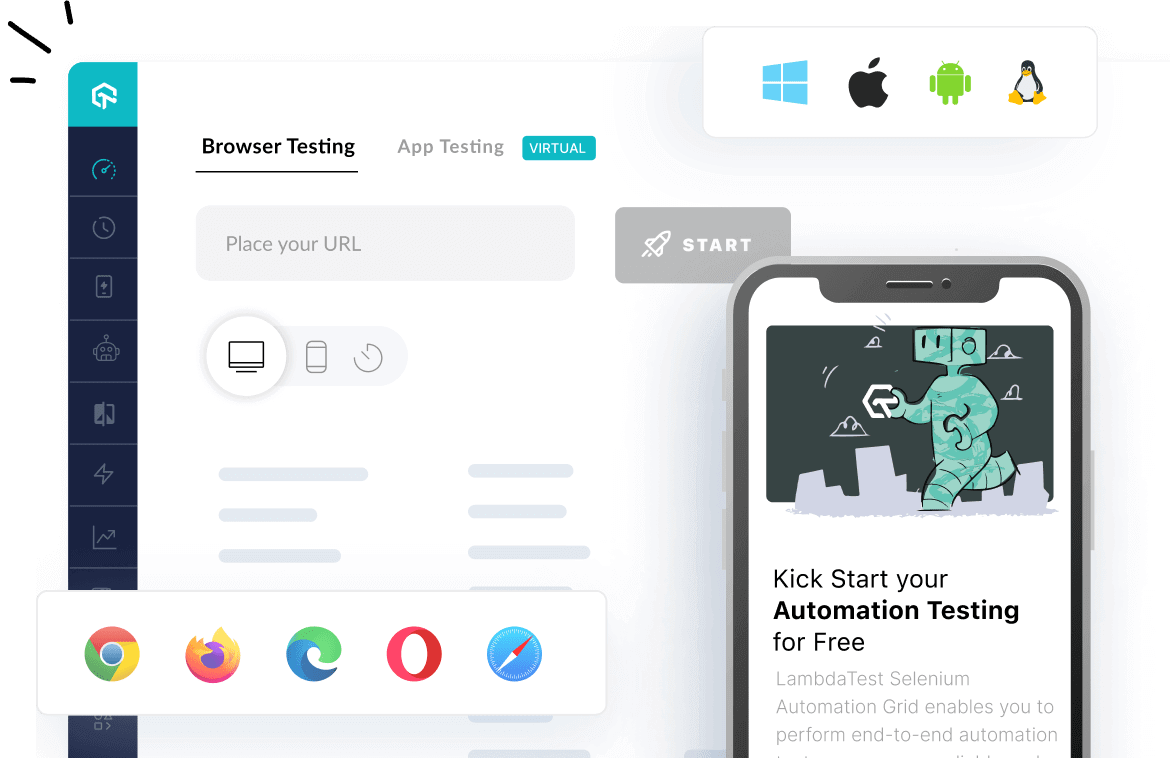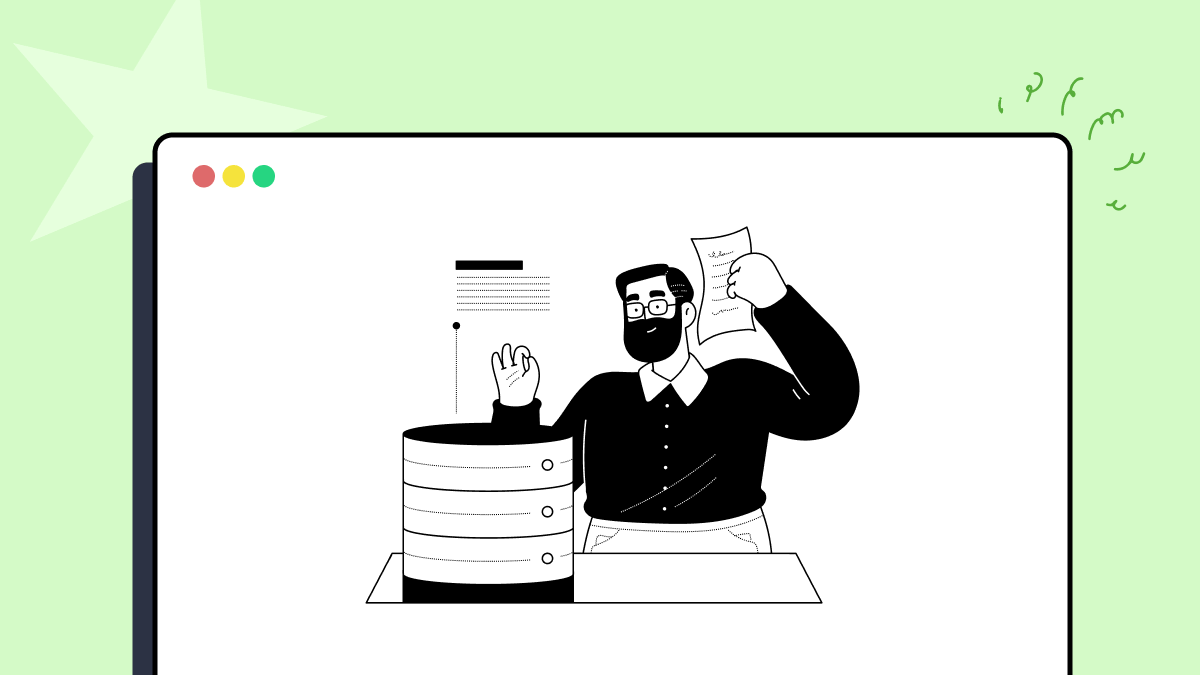How to use modify_vpc_endpoint_service_permissions method in localstack
Best Python code snippet using localstack_python
vpc_service_configuration.py
Source: vpc_service_configuration.py
...59 add_gateway_lbs=add_gateway_lbs,60 remove_gateway_lbs=remove_gateway_lbs,61 )62 return MODIFY_VPC_ENDPOINT_SERVICE_CONFIGURATION63 def modify_vpc_endpoint_service_permissions(self):64 service_id = self._get_param("ServiceId")65 add_principals = self._get_multi_param("AddAllowedPrincipals")66 remove_principals = self._get_multi_param("RemoveAllowedPrincipals")67 self.ec2_backend.modify_vpc_endpoint_service_permissions(68 service_id, add_principals, remove_principals69 )70 return MODIFY_VPC_ENDPOINT_SERVICE_PERMISSIONS71CREATE_VPC_ENDPOINT_SERVICE_CONFIGURATION = """72<CreateVpcEndpointServiceConfigurationResult xmlns="http://ec2.amazonaws.com/doc/2013-10-15/">73 <requestId>7a62c49f-347e-4fc4-9331-6e8eEXAMPLE</requestId>74 <serviceConfiguration>75 <serviceType>76 <item><serviceType>{{ config.service_type }}</serviceType></item>77 </serviceType>78 <serviceId>{{ config.id }}</serviceId>79 <serviceName>{{ config.service_name }}</serviceName>80 <serviceState>{{ config.service_state }}</serviceState>81 <availabilityZoneSet>...modify_vpce_service_permissions_sample.py
...31 """32 logging.info(f"Removing {principal_arns} from VPCE Service: {service_id}")33 try:34 if add_remove == 'add':35 response = ec2.modify_vpc_endpoint_service_permissions(36 ServiceId=service_id,37 AddAllowedPrincipals=principal_arns38 )39 elif add_remove == 'remove':40 response = ec2.modify_vpc_endpoint_service_permissions(41 ServiceId=service_id,42 RemoveAllowedPrincipals=principal_arns43 )44 return response45 except ClientError as e:46 logging.error(e)47 return None48def main():49 """50 Adds/Removes AWS Principal to a VPC Endpoint Service (VPC-E Service)51 Accepts: service_id, principal_arns, add_remove52 --service_id: VPC-E Service id53 --principal_arns: iam_user1_arn54 --remove: remove arns...addRoleToEndpointService.py
Source: addRoleToEndpointService.py
...22except ClientError as err:23 print(err.response['Error'])24for serviceEndpoint in serviceEndpoints:25 endpointDNS = serviceEndpoint['Service_Endpoint_DNS']26 #response = ec2Client.modify_vpc_endpoint_service_permissions(27 response = ec2Client.describe_vpc_endpoint_services(28 ServiceNames=[29 endpointDNS,30 ]31 )32 for service in response['ServiceDetails']:33 serviceId = service['ServiceId']34 response = ec2Client.modify_vpc_endpoint_service_permissions(35 DryRun=False,36 ServiceId=serviceId,37 AddAllowedPrincipals=[38 remote_user_arn,39 ] 40 )...Blogs
Check out the latest blogs from LambdaTest on this topic:
In some sense, testing can be more difficult than coding, as validating the efficiency of the test cases (i.e., the ‘goodness’ of your tests) can be much harder than validating code correctness. In practice, the tests are just executed without any validation beyond the pass/fail verdict. On the contrary, the code is (hopefully) always validated by testing. By designing and executing the test cases the result is that some tests have passed, and some others have failed. Testers do not know much about how many bugs remain in the code, nor about their bug-revealing efficiency.
Coaching is a term that is now being mentioned a lot more in the leadership space. Having grown successful teams I thought that I was well acquainted with this subject.
In my last blog, I investigated both the stateless and the stateful class of model-based testing. Both have some advantages and disadvantages. You can use them for different types of systems, depending on whether a stateful solution is required or a stateless one is enough. However, a better solution is to use an aggregate technique that is appropriate for each system. Currently, the only aggregate solution is action-state testing, introduced in the book Paradigm Shift in Software Testing. This method is implemented in Harmony.
With the rise of Agile, teams have been trying to minimize the gap between the stakeholders and the development team.
Automation Testing Tutorials
Learn to execute automation testing from scratch with LambdaTest Learning Hub. Right from setting up the prerequisites to run your first automation test, to following best practices and diving deeper into advanced test scenarios. LambdaTest Learning Hubs compile a list of step-by-step guides to help you be proficient with different test automation frameworks i.e. Selenium, Cypress, TestNG etc.
LambdaTest Learning Hubs:
- JUnit Tutorial
- TestNG Tutorial
- Webdriver Tutorial
- WebDriverIO Tutorial
- Protractor Tutorial
- Selenium 4 Tutorial
- Jenkins Tutorial
- NUnit Tutorial
- Jest Tutorial
- Playwright Tutorial
- Cypress Tutorial
- PyTest Tutorial
YouTube
You could also refer to video tutorials over LambdaTest YouTube channel to get step by step demonstration from industry experts.
Try LambdaTest Now !!
Get 100 minutes of automation test minutes FREE!!


